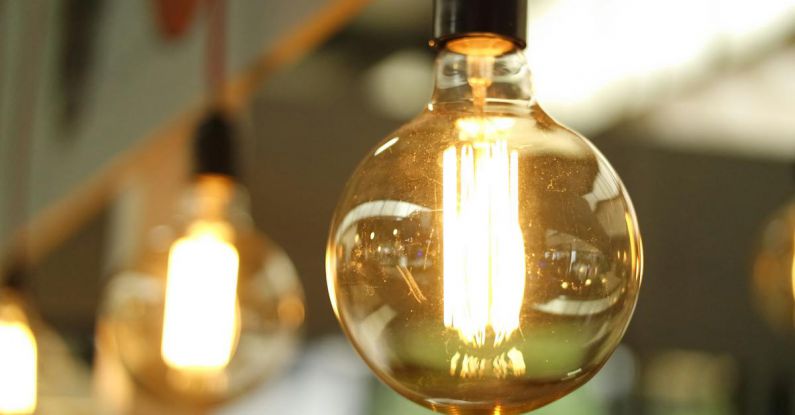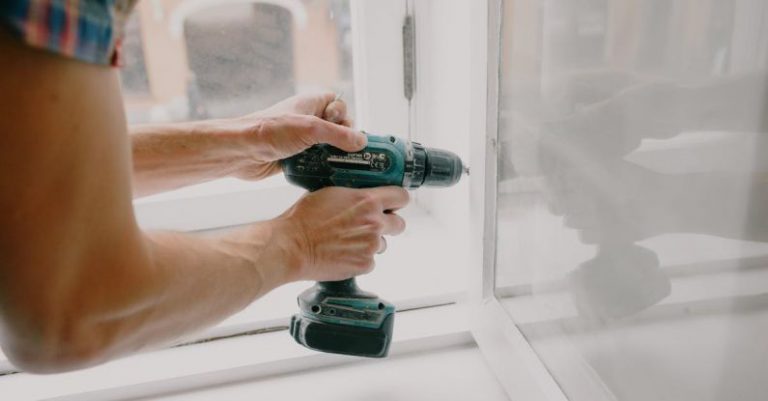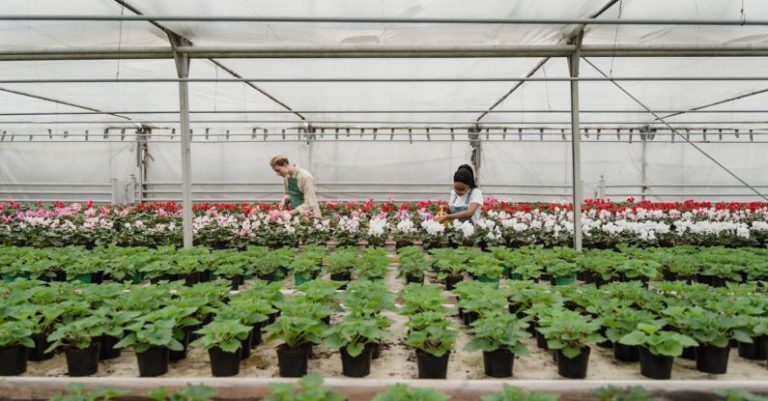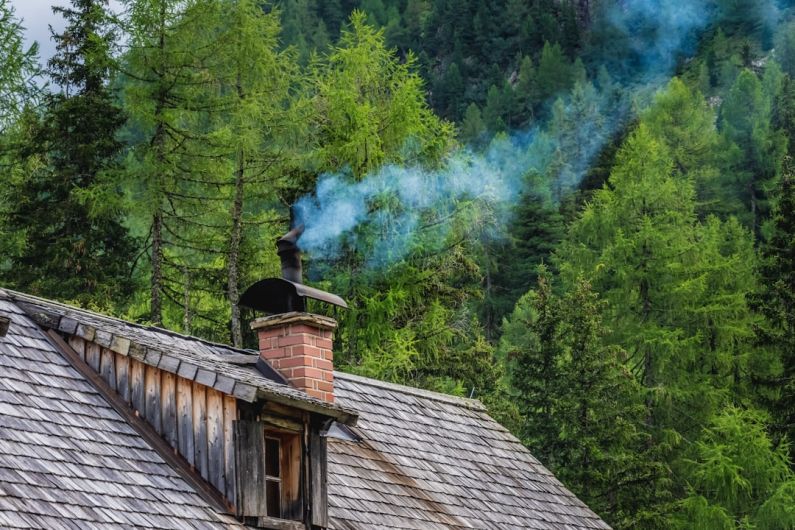How Can You Make Your Home More Energy Efficient?
In today’s world, where energy consumption is a major concern, making your home more energy efficient not only helps the environment but also saves you money in the long run. By implementing a few simple changes and adopting energy-saving habits, you can significantly reduce your carbon footprint and contribute to a sustainable future. Here are some practical tips to make your home more energy efficient:
Insulate your home properly
Proper insulation is crucial for maintaining a comfortable temperature inside your home while reducing energy consumption. Start by insulating your attic, as heat tends to escape through the roof. You can use fiberglass, cellulose, or foam insulation for this purpose. Additionally, make sure your walls and floors are adequately insulated to prevent heat loss during colder months.
Upgrade to energy-efficient appliances
Old appliances consume more energy than their modern, energy-efficient counterparts. Consider upgrading to appliances that have the Energy Star label, as they are designed to use less electricity without compromising on performance. When shopping for new appliances, pay attention to their energy consumption ratings and opt for models with high energy efficiency ratings.
Use LED lighting
LED (light-emitting diode) bulbs are a smart choice for energy-efficient lighting. They are more energy-efficient and last longer than traditional incandescent bulbs. Although LED bulbs may be slightly more expensive initially, their long lifespan and energy-saving benefits make them a cost-effective option in the long term. Additionally, consider installing dimmer switches to reduce energy usage and create ambiance in different rooms.
Install programmable thermostats
Heating and cooling your home accounts for a significant portion of your energy bill. Installing programmable thermostats allows you to set different temperatures for different times of the day, ensuring optimal comfort while minimizing energy wastage. Set your thermostat to lower temperatures during the night and when you are away from home. This simple adjustment can result in substantial energy savings over time.
Seal air leaks
Air leaks around doors, windows, and other openings can lead to significant energy loss. Properly sealing these leaks can improve your home’s energy efficiency and reduce your heating and cooling costs. Use weatherstripping or caulking to seal gaps around windows and doors. You can also consider installing double-pane windows, which are more effective at insulating your home and preventing heat loss.
Utilize natural lighting and ventilation
Maximize the use of natural lighting during the daytime to reduce your reliance on artificial lighting. Keep your curtains or blinds open during daylight hours to let sunlight in. Additionally, make use of natural ventilation by opening windows to allow fresh air to circulate through your home. This can reduce the need for air conditioning and improve indoor air quality.
Conserve water
Water heating accounts for a significant portion of your energy bill. To conserve energy, consider installing low-flow showerheads and faucets to reduce water consumption. Insulate your water heater to prevent heat loss, and set the temperature to an appropriate level. Fix any leaks promptly, as even minor leaks can waste a significant amount of water and energy over time.
In conclusion,
By implementing these energy-saving measures, you can make your home more energy efficient and contribute to a sustainable future. Remember that small changes can make a big difference when it comes to reducing energy consumption. So, take the initiative and start making your home more energy efficient today!






